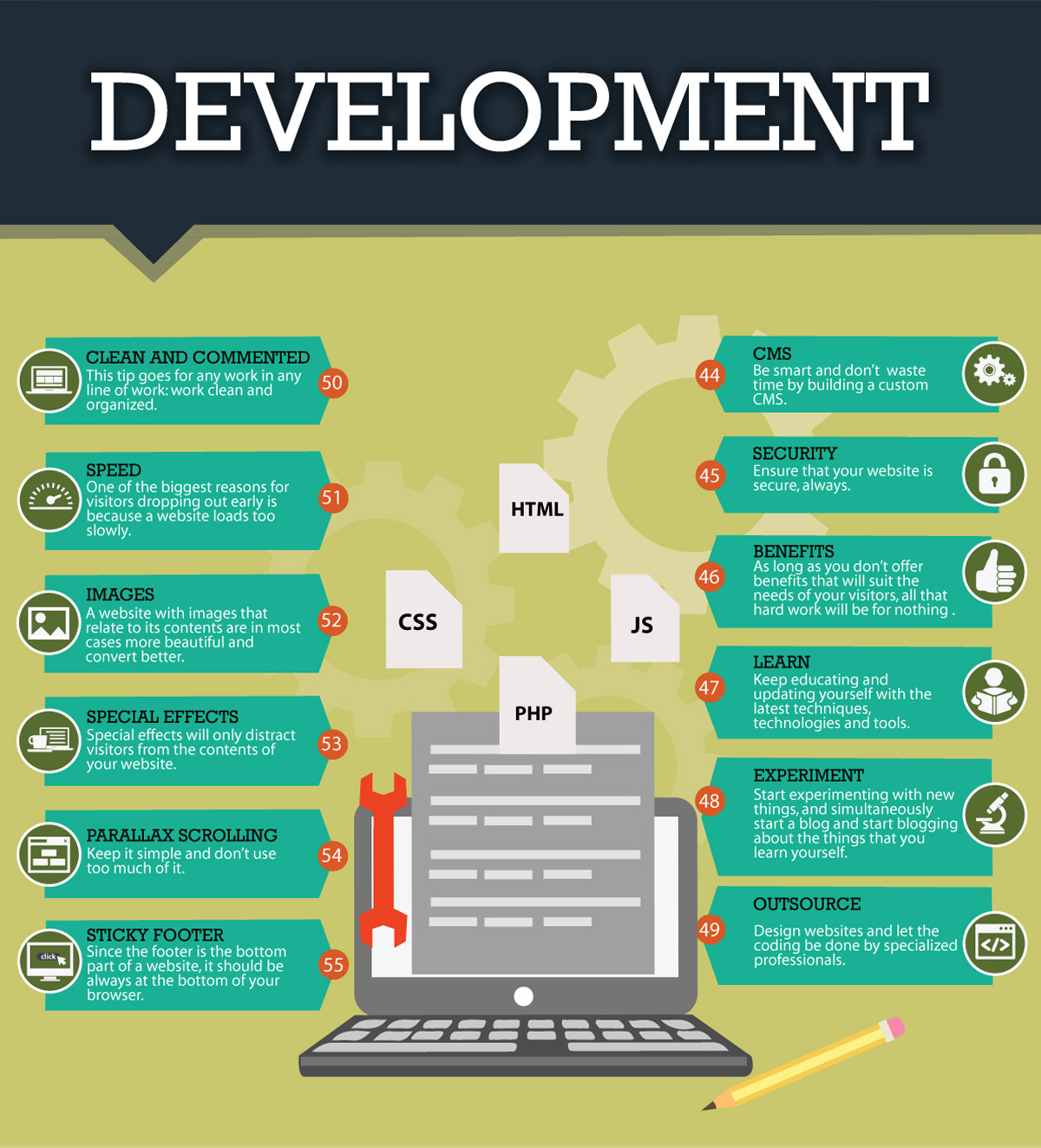The Advancement Of Site Design: From Past To Present
The Advancement Of Site Design: From Past To Present
Blog Article
Written By-Asmussen Vangsgaard
In the past, websites were basic and concentrated on details. Navigation was straight, and design was for desktops. Now, customer experience is key. Information overviews layouts for very easy navigating. Responsive layouts suit different devices. Today, dark setting reduces pressure, and minimalist food selections boost navigation. Interactive attributes engage customers, and strong visuals stick out. https://gunnerjdxrl.blogolenta.com/26755194/understanding-the-art-of-social-network-marketing-tips-and-tricks-for-success . See exactly how design has actually evolved to enhance your on-line trip.
Very Early Days of Website Design
In the very early days of web design, simplicity preponderated. Internet sites were fundamental, with limited shades, font styles, and formats. The emphasis got on offering details rather than flashy visuals. Users accessed the web via sluggish dial-up connections, so rate and functionality were key.
Navigation food selections were straightforward, generally located at the top or side of the page. Web sites were developed for home computer, as mobile browsing wasn't yet prevalent. Material was king, and developers focused on very easy readability over complex style components.
HTML was the main coding language made use of, and designers had to work within its constraints. please click the next website and interactive features were minimal compared to today's standards. Websites were fixed, with little vibrant web content or personalized user experiences.
Rise of User-Focused Design
With the advancement of web site layout, a shift in the direction of user-focused layout principles has actually come to be increasingly famous. Today, creating web sites that prioritize customer experience is essential for engaging visitors and attaining service objectives. User-focused layout includes comprehending the demands, preferences, and actions of your target market to customize the internet site's layout, web content, and includes as necessary.
Designers now conduct complete research study, such as customer studies and use screening, to gather insights and responses straight from customers. This data-driven approach assists in developing user-friendly navigation, clear calls-to-action, and aesthetically appealing interfaces that reverberate with visitors. By positioning the individual at the facility of the layout process, web sites can supply an extra customized and delightful experience.
Receptive style has additionally become a crucial aspect of user-focused style, ensuring that web sites are maximized for various tools and screen dimensions. This versatility enhances accessibility and usability, accommodating the varied methods users communicate with sites today. Fundamentally, the increase of user-focused design signifies a change in the direction of producing electronic experiences that focus on the needs and expectations of the end individual.
Modern Trends in Website Design
Check out the latest trends forming website design today. One prominent pattern is dark setting layout, offering a sleek and modern appearance while minimizing eye stress in low-light environments. One more essential trend is minimal navigating, streamlining food selections and boosting user experience by concentrating on essential elements. Integrating micro-interactions, such as computer animated switches or scrolling effects, can produce a more engaging and interactive web site. Receptive layout remains critical, making sure seamless customer experiences throughout numerous tools. In addition, making use of bold typography and asymmetrical formats can add aesthetic passion and draw attention to particular web content.
Integrating AI technology, like chatbots for customer support or personalized referrals, improves user engagement and simplifies procedures. Access has likewise become a substantial pattern, with developers prioritizing inclusive style methods to accommodate diverse customer requirements. Embracing sustainability by enhancing internet site efficiency for rate and performance is one more arising pattern in website design. Teaming up with user comments and data analytics to iterate and improve design continually is important for staying relevant in the ever-evolving electronic landscape. By accepting these modern-day fads, you can produce a visually attractive, user-friendly internet site that resonates with your audience.
Conclusion
As you reflect on the advancement of internet site style from the early days to now, you can see just how user-focused design has become the driving pressure behind modern-day patterns.
Accept the journey of change and adaptation in web design, always keeping the individual experience at the leading edge.
Remain existing with the latest patterns and technologies, and never ever quit advancing your approach to develop aesthetically spectacular and straightforward web sites.
Develop, adjust, and develop - the future of web design is in your hands.
